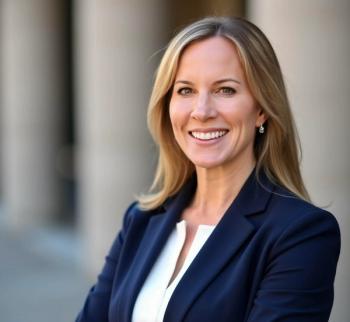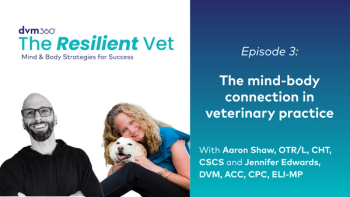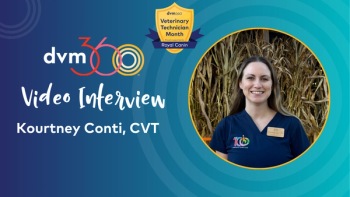
Preventing Transmission of Dermatophytes From Animals to Humans
Valerie Fadok, DVM, PhD, DACVD, dermatologist in the Veterinary Specialty Team at Zoetis, discusses methods to prevent the transmission of dermatophytes from animals to humans.
Valerie Fadok, DVM, PhD, DACVD, dermatologist in the Veterinary Specialty Team at Zoetis, discusses methods to prevent the transmission of dermatophytes from animals to humans.
Interview Transcript (slightly modified for readability)
“When we see infected animals, we try to determine the specific fungus that is causing the infection. We know that all young animals are susceptible to dermatophytes; regardless of whether it’s from [Microsporum] canis, or M. gypseum, or Trichophyton, the young mammal is just immunologically not mature yet, so they are more susceptible. But, if we have a kitten in a home with M. canis, that kitten is more at risk [of] transmitting infection to other animals and children than a kitten with M. gypseum, or even, perhaps, a kitten with Trichophyton.
In the old days, we used to advocate for taking these kittens and isolating them. We think, now, [that] that’s excessive. These are young animals that have to be socialized, and to take a young kitten [that’s] just learning to explore the world and shut them up in a room, I think, is harsh. We’re stepping back from that. We’re trying to take a more holistic approach looking at the risk. It may be that it makes more sense to keep the kitten confined, maybe to a room, where, at least, the kitten is going to see people, and that an adult would take responsibility for treating the kitten, so that small children would not be infected.
Dermatophytes, in most people, [do not cause] serious infection. Most veterinarians and technicians have had a dermatophyte infection. Where it becomes a problem is if a person is immunosuppressed. All of these, sort of, historical factors go into how we would design a treatment program. It’s not one standard procedure; we look at the family, the kids, without trying to pry into private medical business, what medical problems we may be dealing with in the family, so that we can [give] good advice.”
Newsletter
From exam room tips to practice management insights, get trusted veterinary news delivered straight to your inbox—subscribe to dvm360.






